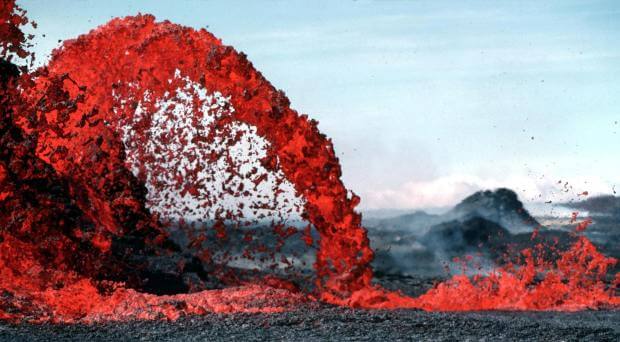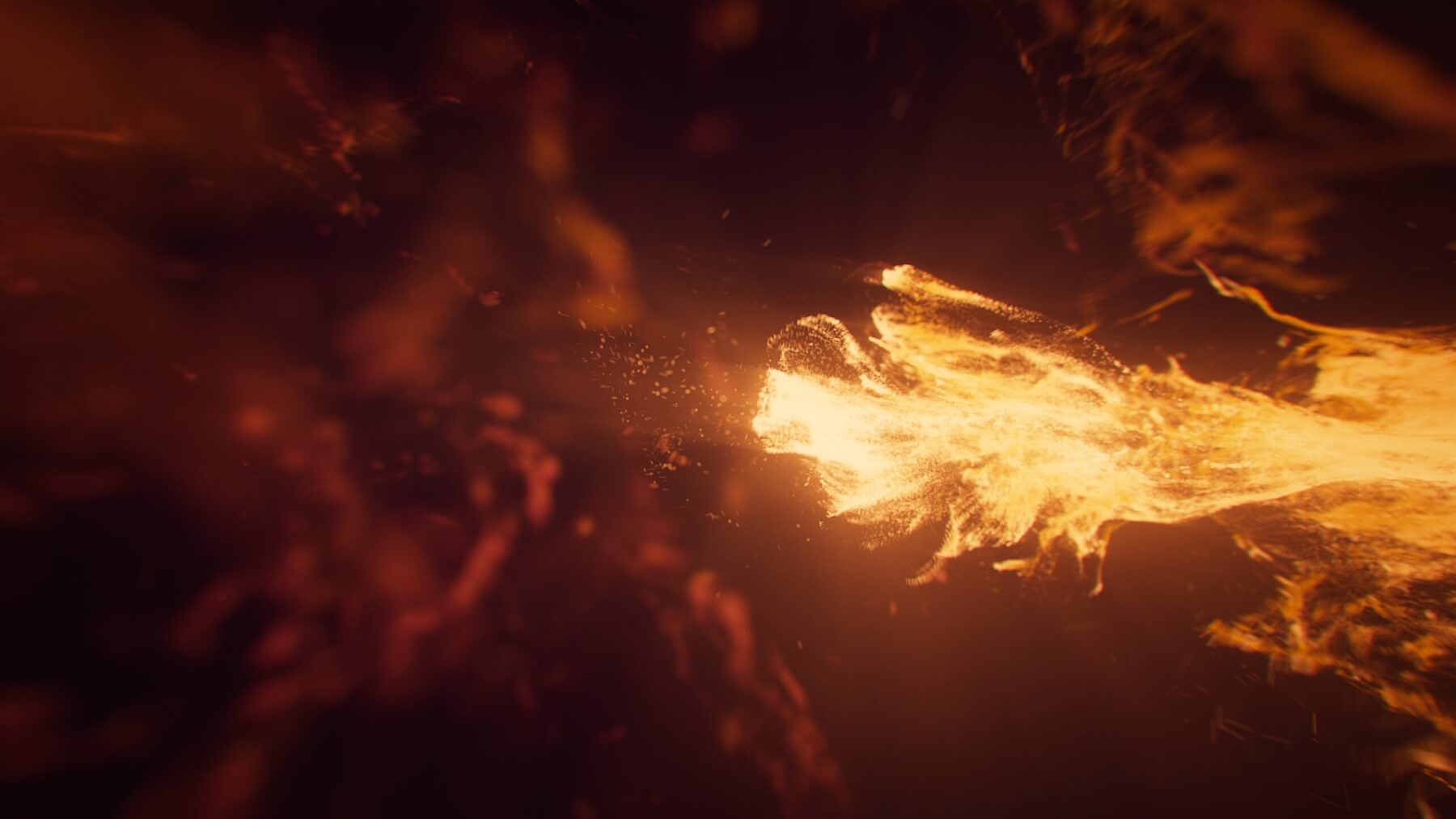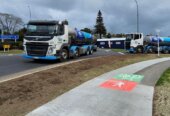
Janine Krippner
Lava is hot. It flows downhill. Seems simple right? I am currently working on lava flows, so here is a wee glimpse into one of the things I am thinking about – lava rheology. This is one of the reasons you see volcanologists in silver thermal suits grabbing samples of lava during an eruption. And yes, I would love to do that.
Rheology is basically how lava or magma flows, and it is one of the most important factors when it comes to what sort of eruption we will get, what the hazards and impacts will be, and even if we will get an eruption at all. A reminder that magma is when it is below ground, and lava is once it has come out at the surface. Magma/lava is a complex material and has a very wide range of viscosities, or how much it resists flowing. It is much harder for highly viscous magma/lava to flow. An example is toothpaste having a higher viscosity than water, it doesn’t flow as easily.
Rheology depends on several factors that change through time and space, as it moves through the crust or over the surface as a lava flow. This includes the composition of the magma – what is its chemistry, or the elements (oxygen, silicon, aluminium, iron, calcium, sodium, etc) that make up the magma? Do we have high amounts of SiO2 (silica or silicon dioxide) that make it a very sticky/viscous melt? How hot is it? Cooler flows have higher viscosities and flow slower, while hotter flows generally have a lower viscosity and can flow faster. What componentry or different bits make up the mixture? Is it made of pure melt, or do we also have solid crystals or rock and gas bubbles? Is there so much solid material that it locks up and never erupts? After we sample lava and do various complex tests back in the laboratory, we answer a lot of important questions that tell us about the lava and the magma system below the volcano.

Lava: Photo by Pixabay
A key magma question is how easily can gas be released as it moves towards the surface? When gas comes out of the melt and starts to form bubbles, can they move through the magma and escape? Or is it a very viscous magma that traps the gas, building pressure towards the end, resulting in an explosive eruption as the gas blows the magma apart into volcanic ash? Or does the magma rise too quickly for the gas to effectively escape?
Once we have a lava flow at the surface, the rheology is one control on where the lava will go. This is alongside the changing effusion rate (for example six cubic metres versus 500 cubic metres of lava coming out of the vent every second), the shape of the land, the volume of lava erupted, and for how long. Keep in mind that the lava changes the shape of the land as it goes. We use computer models that can include different estimated, or preferably measured properties of the lava and landscape to determine which areas are more likely to be impacted by the flow, a critical question for impacted communities. The next time you see footage of a volcanologist braving the intense heat of a lava flow to grab a sample, you know why.










